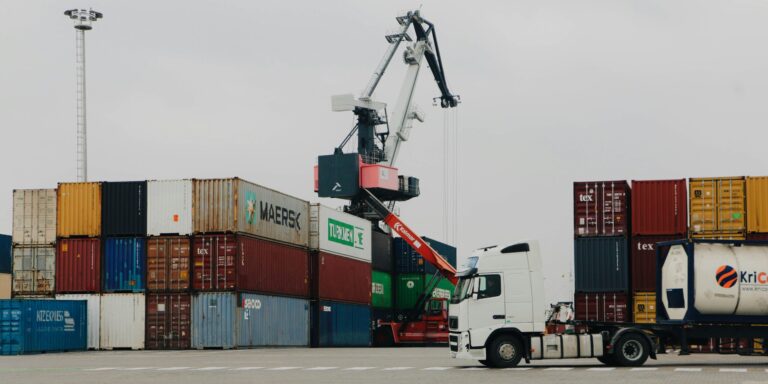President Donald Trump announced on July 8, 2025, that his administration would impose new tariffs on imports from 14 countries, including Japan, South Korea, and several European nations. These tariffs, which will go into effect August 1, 2025, target a range of products, such as electronics, automobiles, and consumer goods, marking another step in the ongoing effort by the Trump administration to address trade imbalances and economic concerns related to international commerce.
Details of the Tariff Measures
The 14 countries that will be affected by the tariffs include some of the U.S.’s largest trading partners. In the announcement, the White House explained that the tariffs would be 15% on a broad array of imported goods, including consumer electronics, automobiles, and industrial machinery. The goal, according to the administration, is to reduce the trade deficit and encourage more domestic production of these goods.
The announcement has been met with mixed reactions from economists and business leaders. Some argue that these tariffs could help domestic industries by discouraging cheap imports, while others express concern that the move could escalate into retaliatory tariffs from affected countries, disrupting global supply chains and raising prices for American consumers.
Mini-Trade Deal with India
Simultaneously, President Trump revealed that the U.S. is nearing a “mini trade deal” with India, with an official announcement expected later today. The mini-deal is expected to focus on areas such as agriculture, technology, and manufacturing, with both countries seeking to enhance bilateral trade relations. India has long been a key partner in the U.S.’s economic strategy in the Asia-Pacific region, and this agreement is seen as a step toward strengthening that relationship.
The mini deal with India is seen as a potential model for future trade negotiations with other nations. The Trump administration has emphasized that smaller, more targeted agreements could be more effective in addressing specific trade issues than broader, multi-lateral deals, which often take years to negotiate and ratify.
Global Reactions and Economic Concerns
The global trade community has been closely watching these developments, especially as President Trump’s previous tariff measures have already created friction with other countries. China, Mexico, and Canada have all been involved in past trade disputes with the U.S. over tariff-related issues, and many businesses fear that the new tariffs could lead to further instability in international trade.
For businesses that rely on imports from these affected countries, the new tariffs could lead to higher production costs, which may eventually be passed on to consumers. Automakers, tech companies, and retailers in the U.S. are expected to feel the impacts of the tariffs, especially as some industries already deal with supply chain disruptions.
Looking Ahead: The Future of U.S. Trade Relations
While the tariff measures are set to go into effect next month, President Trump has indicated that future negotiations with affected countries will continue. It is possible that these trade tensions will lead to more long-term changes in the global trade landscape, depending on the reactions of other nations and the success of ongoing negotiations.


